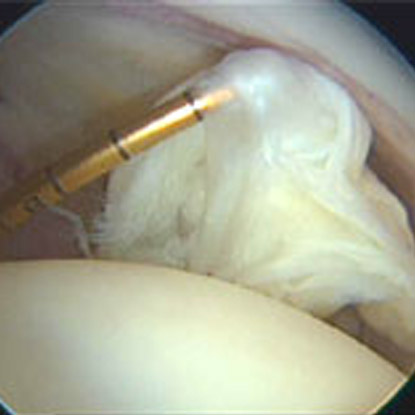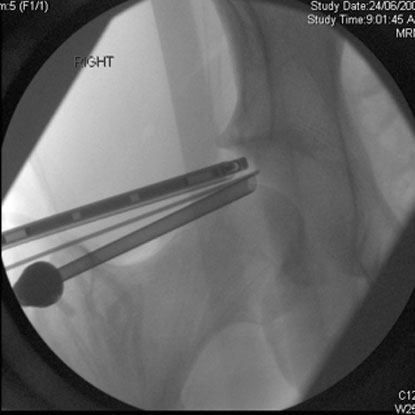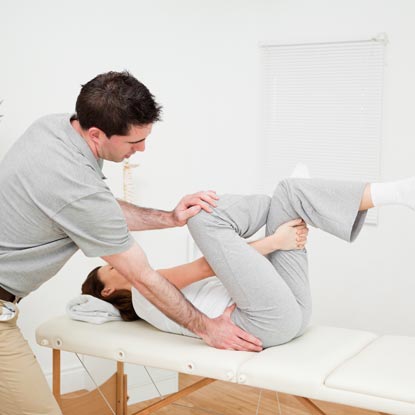What is Hip Arthroscopy?
Since the early 20th century, when hip arthroscopy was regarded as being almost impossible to undertake, the procedure has developed in leaps and bounds. Presently there are many reasons why a surgeon might recommend hip arthroscopy to a patient. Some of these reasons are as follows:
- To explain unexplained hip pain (diagnostic hip arthroscopy)
- Removal of loose or foreign bodies
- Repair of damaged articular cartilage (gristle)
- Removal or repair of a torn acetabular labrum
- Correction of femoral acetabular impingement
- Management of damaged hip ligaments
- Management of hip joint infection
- Inflammation of the hip lining (synovitis)
- Investigation of a painful joint replacement or hip resurfacing
Perhaps the two most common current indications for hip arthroscopy include the presence of symptomatic FAI or an acetabular labral tear, or both.
MRI scans are an essential part of recognizing the above conditions amenable to such surgery. Patients often have hip or groin pain and no arthritis on x-ray and usually are under the age of 40 years.
The procedure is a form of keyhole surgery performed by passing a small scope or camera into the joint and passing long instruments into the hip. X-ray is used throughout the procedure to guide the surgeon. The use of a special traction table is required to pull on the hip to distract the joint and allow the instruments to be passed into the joint. A number of small incisions approx 1 cm in length are required.
Hip arthroscopy surgery can take from 40 mins to 2.5hrs. The surgery is carried out under general anaesthetic and as a day case procedure. Local anaesthetic is introduced at the end and wounds closed with small absorbable stitches and paper stitches.
Success Rate & Risks
Five percent of patients can develop complications during or after a hip arthroscopy procedure. Despite everyone’s best efforts things can go wrong. Complications are minimized by preventing them.
Some of the most common complication that can arise, and that Dr. Wood and his staff focus on prebenting, include:
- Infection
- Nerve injury- numbness often temporary
- Bleeding
- Swelling
- Deep Vein Thrombosis
- Failure to resolve symptoms
All patients should have a detailed rehab protocol on leaving the hospital and are reviewed at 4 weeks. More information and the risks and benefits can be found in the hip arthroscopy information sheet.




